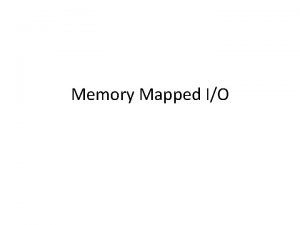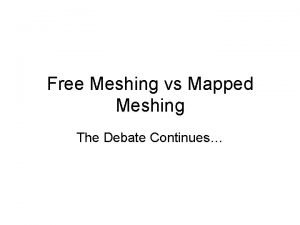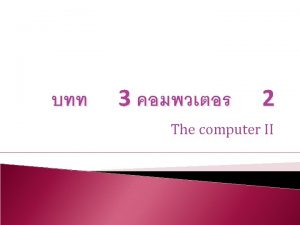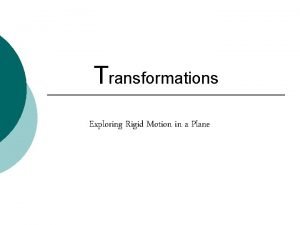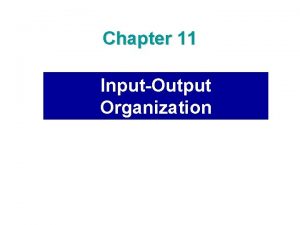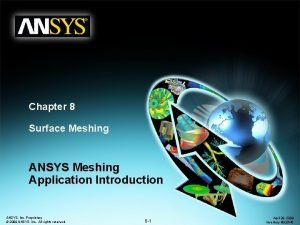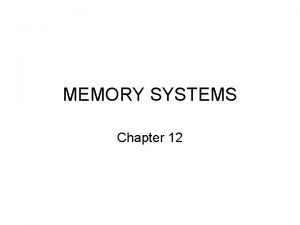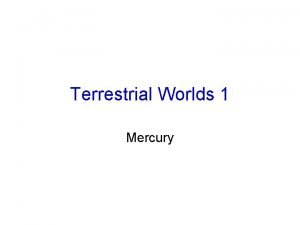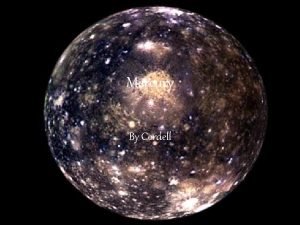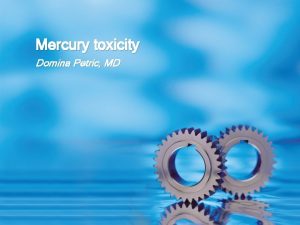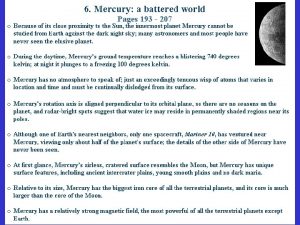NOTES MERCURY Mariner 10 in 1973 mapped 60










- Slides: 10

NOTES: MERCURY Mariner 10 in 1973 mapped 60% of Surface. D = 1. 4 D(moon) =. 35 D(earth) No axial tilt Day = 176 earth days = twice orbital period 1. Rocky mantle Same density as earth implying large metallic core, solid because it is a small planet. Cut down by a large impact or early solar bombardment. 2. Extremely thin atmosphere of helium, sodium, and potassium continually escaping into space. Temps: 425 K to 100 K (-170 C). 3. Rotates 3 times for every 2 revolutions--same side faces sun at alternate perehelia (semiperiodic tidal locking). 4. Features: craters and basins filled with lava (like moon) and scarps formed as planet cooled. Core was once liquid. 5. A stronger magnetic field than expected, considering slow rotation and cool core. A distorted magnetosphere. 6. Same sequence and timing of formation of moon and mercury. No plate techtonics. 7. Large impact crater--Caloris Basin (like Orientale Basin on moon) --jumbled hills on opposite side of planet.

Mercury looks like the Moon

Mariner 10 in 1973 mapped 60% of Surface. Messenger flybys ( 2010, filled out that map to 97%). Messenger set to orbit in 2011. D = 1. 4 D(moon) =. 35 D(earth), No axial tilt Day = 176 earth days = twice orbital period

Rocky mantle. Mass determination and size implies large metallic core, solid because it is a small planet. Mantle cut down by a large impact or early solar bombardment.

Extremely thin atmosphere of helium, sodium, and potassium continually escaping into space. Temps: 425 K to 100 K (-170 C).

Rotates 3 times for every 2 revolutions--same side faces sun at alternate perehelia (semiperiodic tidal locking).

Features: craters and basins filled with lava (like moon) and scarps (cliffs) formed as planet cooled.

Unexpected magnetic field, considering slow rotation and solid, cool core. A distorted magnetosphere. Core may be a permanent magnet.

Large impact crater--Caloris Basin (like Orientale Basin on moon) --jumbled hills on opposite side of planetary body.

Mercury: up close and personal Same sequence and timing of formation of moon and mercury. No plate techtonics
